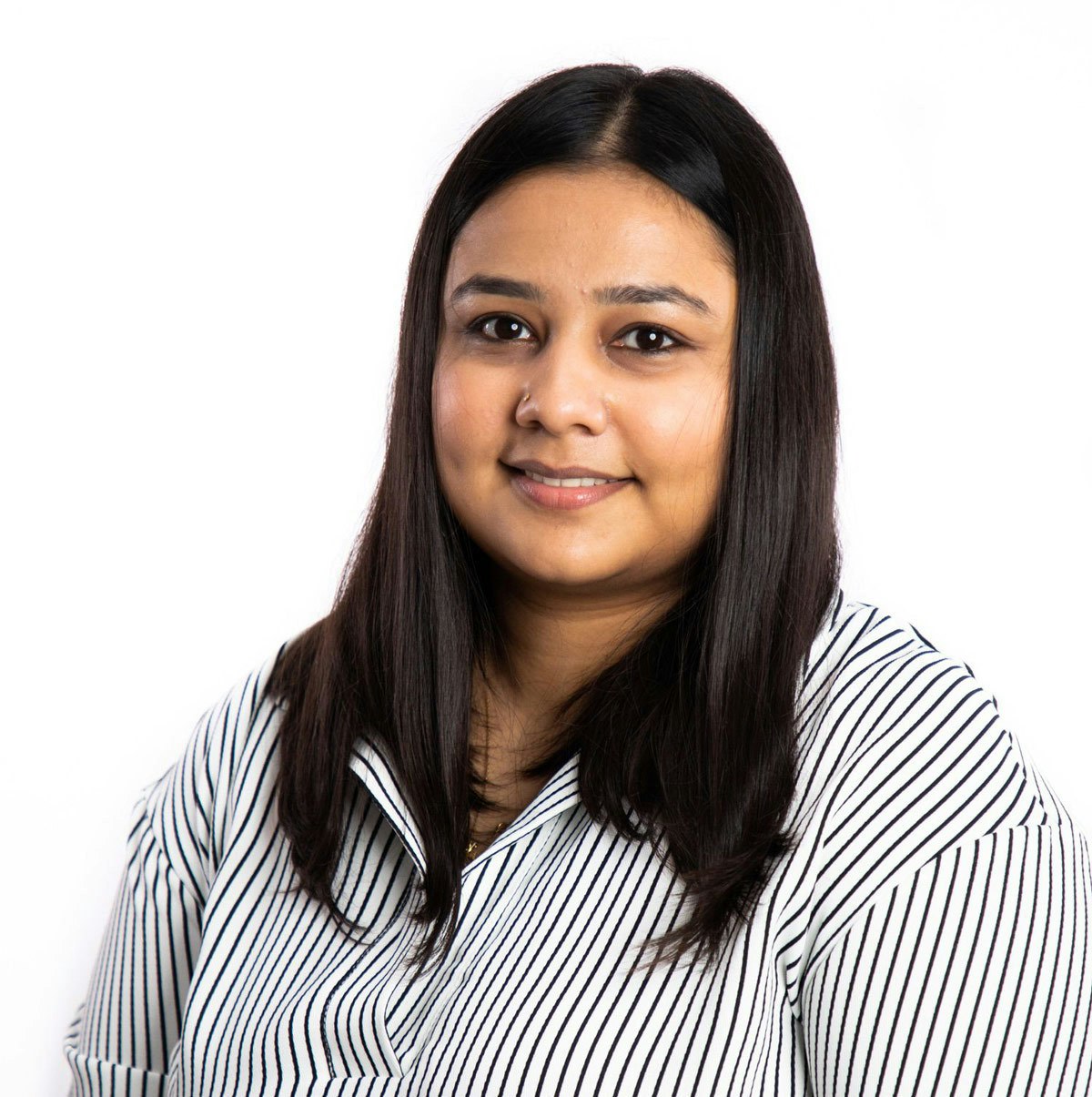Class of 2020 Spotlight: Gowri Balasubramaniam (MDes ‘20)
For her thesis research, Gowri Balasubramaniam worked with the Equitable Futures project to teach critical and speculative design methods to Detroit-area high school freshmen as a way to help connect their history lessons to the present and imagine their own futures.
A U.S. history curriculum developed within Oakland Schools, the Equitable Futures' curriculum aims to reveal the historic patterns behind current issues of equity and justice in Metro Detroit. The goal is for high school students to understand the relationship between the past and present, while giving them the knowledge and skills to lead change in their community.

As she worked to help students in Detroit and Clarkston, Michigan, visualize their own agency for change, Balasubramaniam realized many of them had never been asked to think about the future in a tangible way.
"A lot of students were like, 'We don't have to think about the future; it just happens," she says.
To help make those concepts more concrete, Balasubramaniam moved away from text-based exercises and incorporated elements of play and critical game design.
"What plays does really well is to take certain concepts and externalize them to objects or artifacts," she says. "For example, if students have to identify trends. They may not know what trends are, but maybe there's a way I can design the activity so it makes obvious sense. I'm trying to build in elements of play into the workshop that helps foster intuitiveness with the process, so that it comes more naturally."
While working on an early workshop prototype with Michael Greve at Clarkston Junior High School, Balasubramaniam and Greve noticed students were more engaged when asked to move around while doing activities, like sorting cards or drawing charts on paper on the floor. Students also had deeper conversations as they moved around the room than when they were seated at their desk.
Balasubramaniam also used clips from sci-fi movies, like "Back to the Future," or forecasts from big technology companies, like Microsoft, as examples of how the future is imagined, while making sure to stress that thinking critically about the future isn't only for the few.
"It should be imagined by all, so that it's inclusive," she says.
Before pursuing her MDes degree from the Stamps School, Balasubramaniam worked as a textiles designer and product and business developer in her home country of India. She says being in another country while working toward her master's degree helped her come to terms with her own identity.
"A lot of times when I was looking at a lot of futures work, I was like, 'Why are there no people of color in the future? Why is there no active representation in the future?'" she says. 'The very fact that I, as a woman of color, am able to imagine a future that includes my point of view is already an act I am proud of. And planting this seed of people being critical about their futures and knowing they are able to impact some actions in the future, I think being exposed to that kind of thinking as a 14-year-old would have really benefited me."
As the only international student in her cohort, Balasubramaniam also learned to see what she first thought of as a weakness as an important contribution to her group. By bringing an outside perspective to the American public school system and raising questions about how it worked, she was able to call out characteristics others took for granted.
While it wasn't an easy process, Balasubramaniam calls working closely through the complexities and ambiguities of integrative design with her cohort "the highlight of my journey."
"I have learned so much from the four people that I've worked with," she says. "Just seeing how other people tackle a problem, approach a certain issue, or go about doing something, whether it's prototyping or ideating. Being in that collaboration has taught me so much."